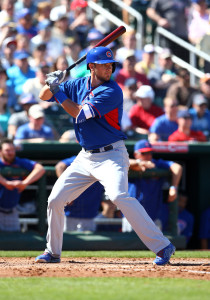Indians manager Terry Francona relates an entertaining story about contracts and signing bonuses that goes back two generations, via Terry Pluto of the Plain Dealer. Francona’s father, former big-league outfielder Tito, was trying to get a better deal from the Tigers in 1958, telling team GM John McHale he needed more money because his wife was pregnant. “That’s not my problem,” McHale responded. The baby, of course, was Terry, and McHale was president of the Expos 22 years later when they picked him in the first round of the 1980 draft. Tito acted as Terry’s agent and negotiated a $100K bonus. He then called McHale. “Remember when my wife was pregnant and I wanted a raise,” he said. “Well, that baby is Terry and he just cost you $100,000!” Here’s more from the Central divisions.
- The Reds have reinstated starter Homer Bailey (elbow) from the disabled list and optioned reliever Pedro Villarreal to Triple-A Louisville, C. Trent Rosecrans of the Cincinnati Enquirer tweets. Bailey’s start against the Cardinals on Saturday will be his first since last August. Bailey pitched reasonably well in 2014 when he was available, and he’s in the second year of a $105MM contract, so the Reds will depend on him to be productive yet again.
- Cubs Triple-A infielder Chris Valaika is confident Kris Bryant will be successful in the big leagues, although he’s undoubtedly facing a new challenge, MLB.com’s Carrie Muskat writes. “Everything’s escalated, the media presence doesn’t go away, and the game is crisper — it’s the big leagues for a reason,” says Valaika. “Those guys are the best of the best. They find a weakness and they exploit it until you close that hole. He will make adjustments, they will find a new one, and he will close it again.”
